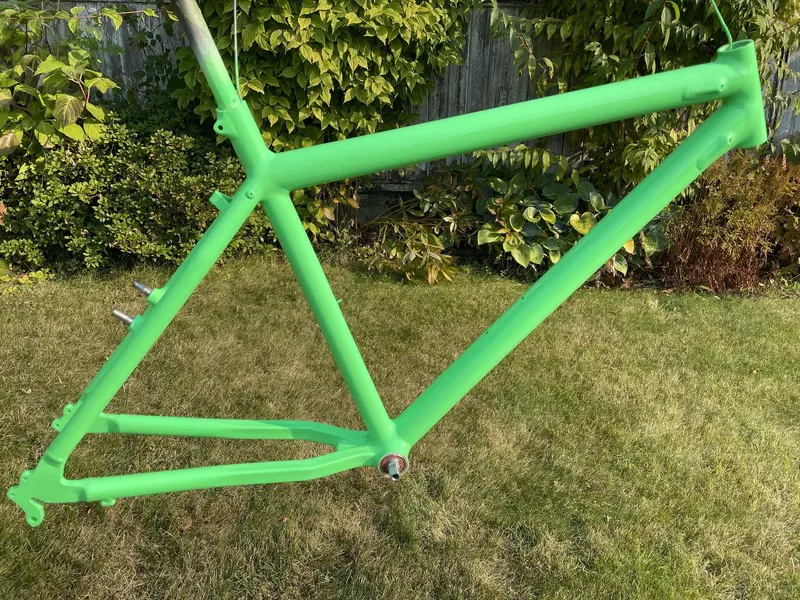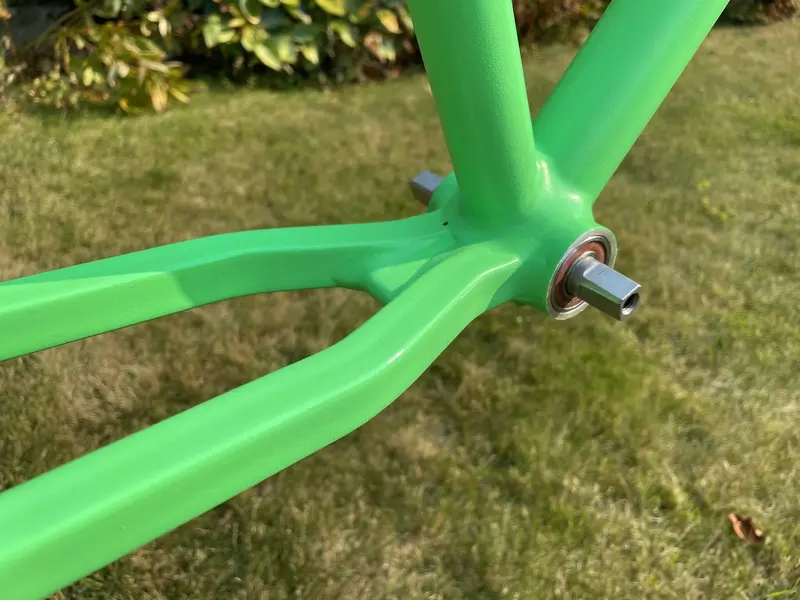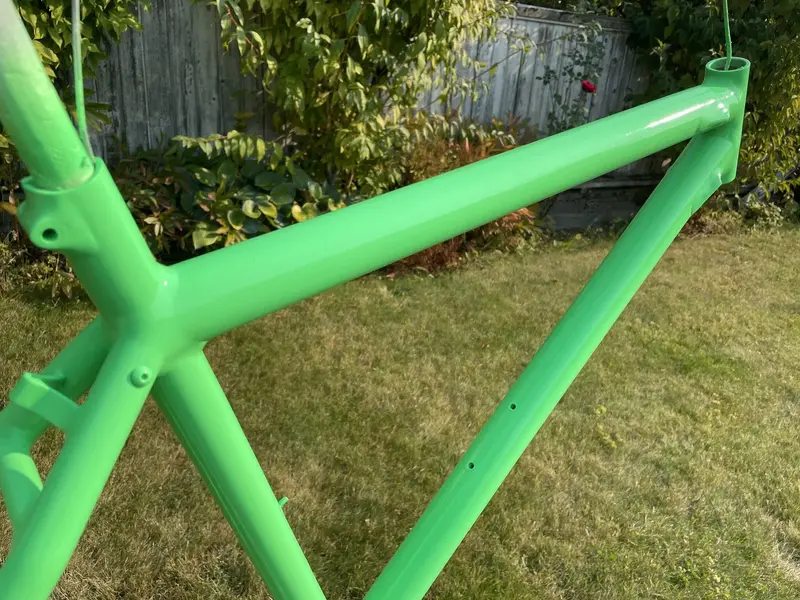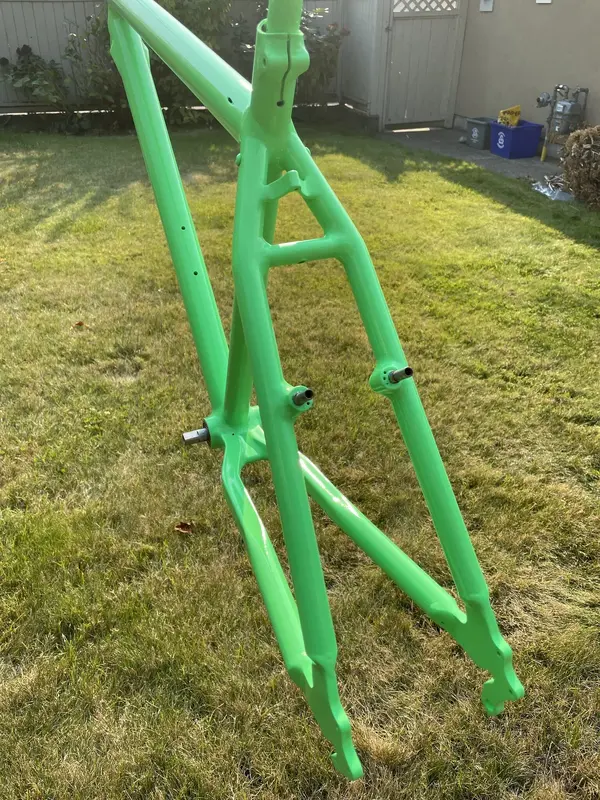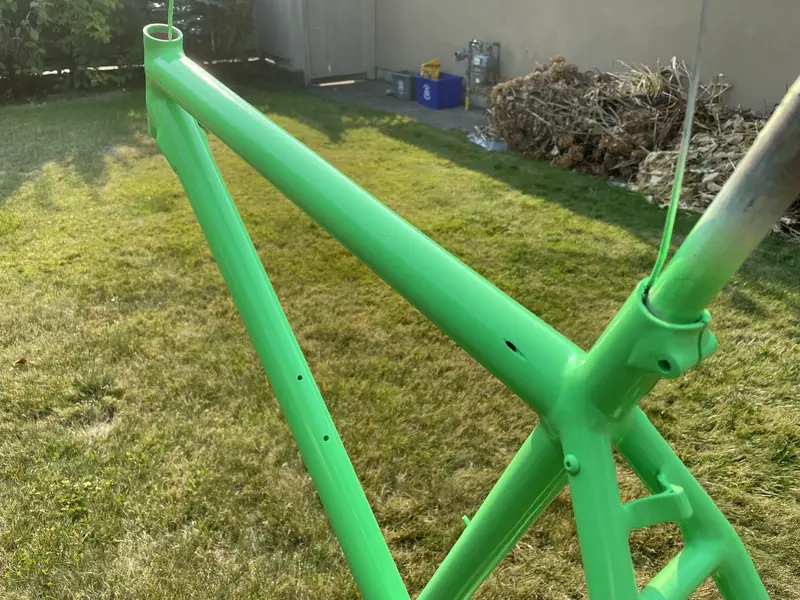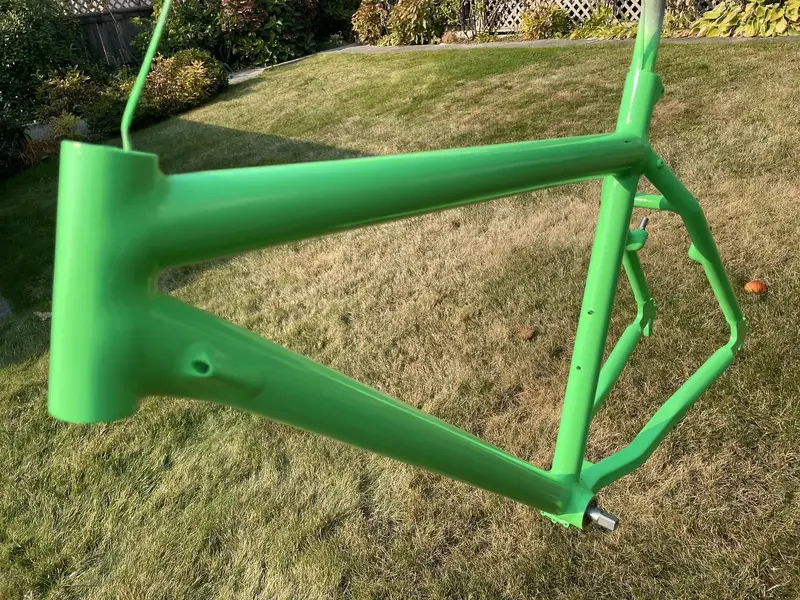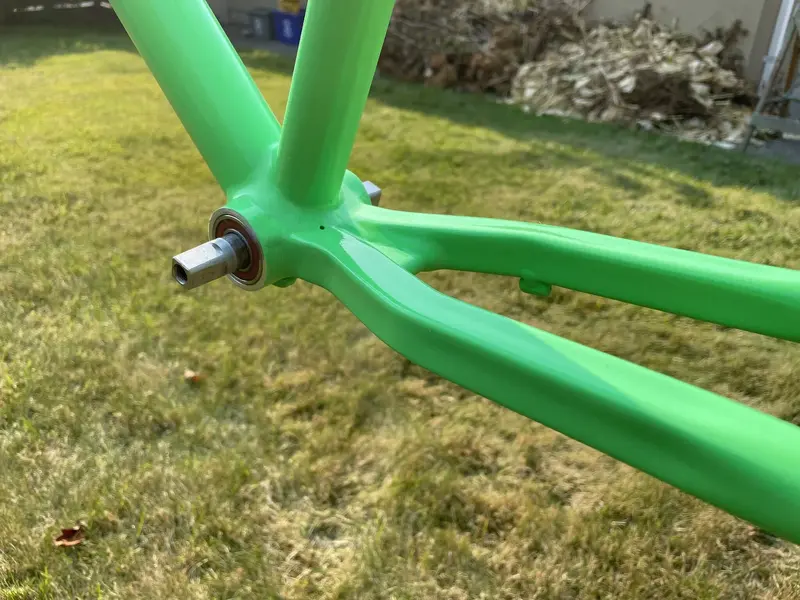Clearcoat done! Didn't ruin it! 
Overall I'm very pleased. Not my best work but given the challenges faced with using this different rattle can type of paint I'm satisfied but most of all relived it's done.
There are still some rougher looking bits when looking up close and the clear coat could be a bit thicker but yes, I'm happy with the end result.
Time for decals and the final build after some days to cure!







Overall I'm very pleased. Not my best work but given the challenges faced with using this different rattle can type of paint I'm satisfied but most of all relived it's done.
There are still some rougher looking bits when looking up close and the clear coat could be a bit thicker but yes, I'm happy with the end result.
Time for decals and the final build after some days to cure!
